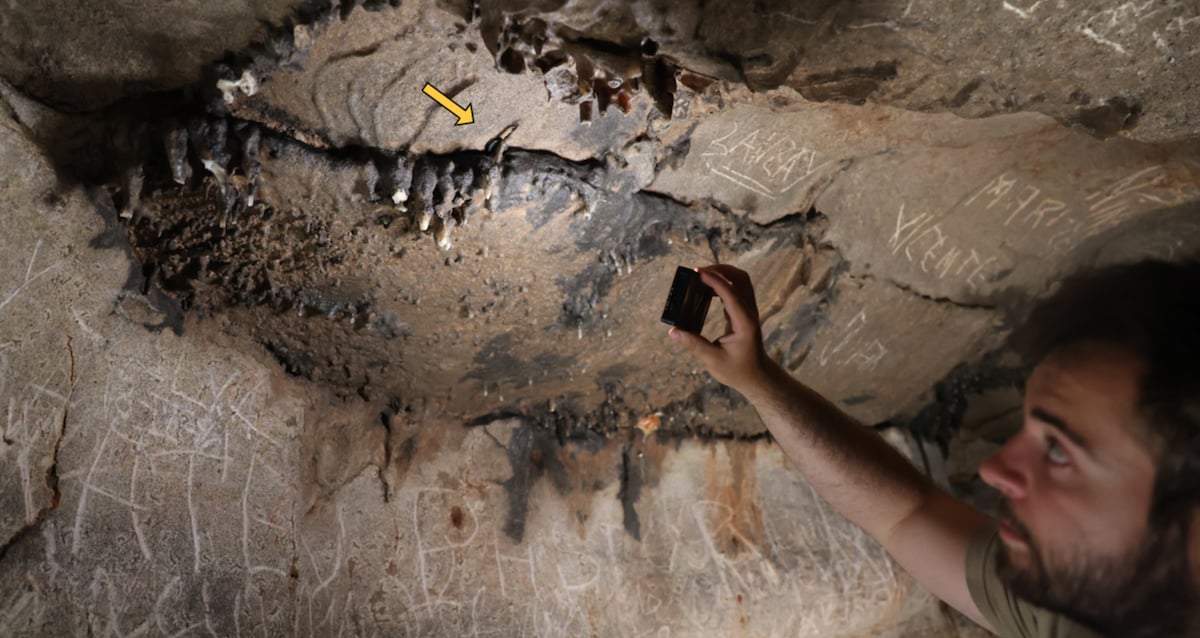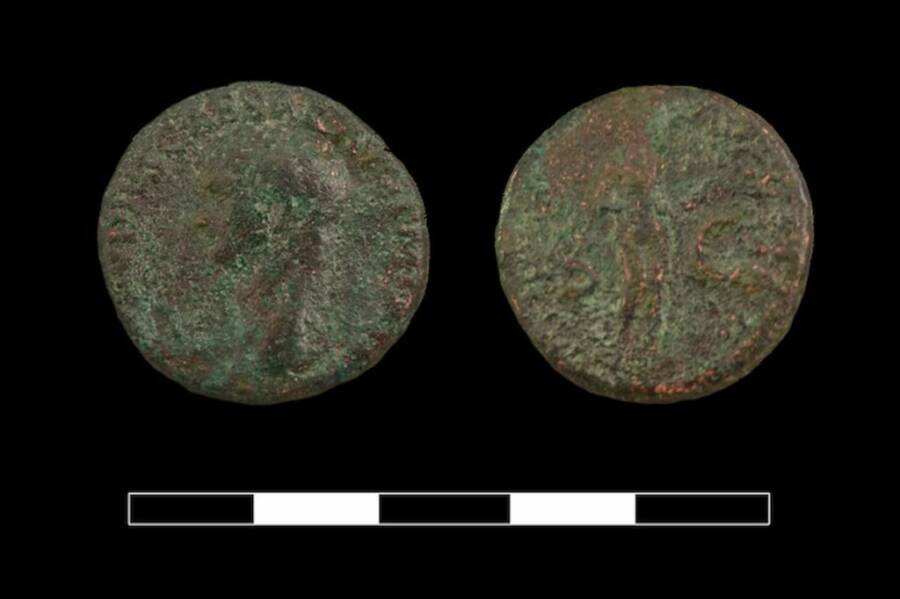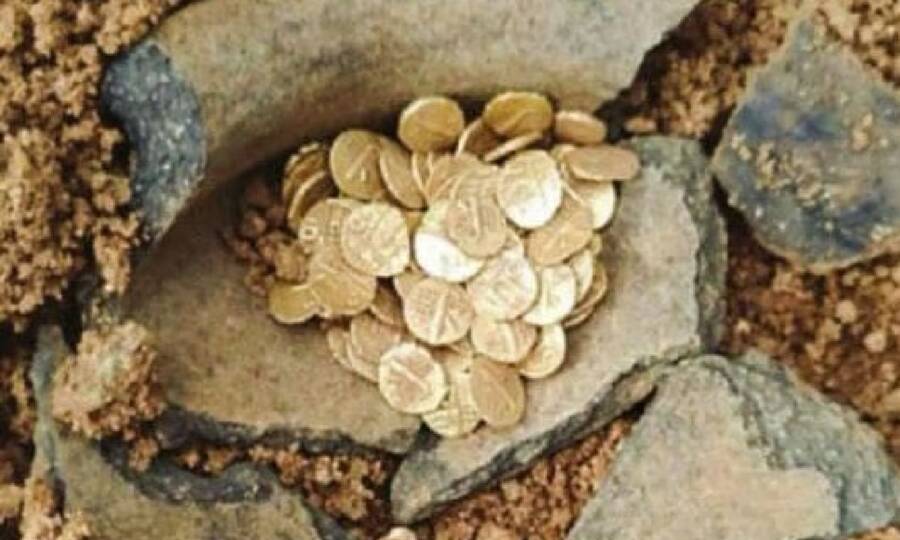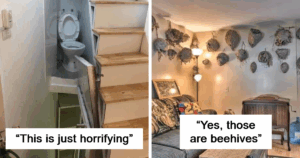“Unearthed Secrets: What a 1,900-Year-Old Roman Ritual Site in a Mysterious Spanish Cave Reveals About Ancient Beliefs”
What if I told you that a cave in eastern Spain recently revealed itself as an ancient Roman hotspot? I mean, can you think of a better case for “hidden treasures” than this? Imagine researchers from the University of Alicante and the University of Zaragoza, hunting for ancient rock art, stumbling upon a nearly 2,000-year-old coin and 15 inscriptions—talk about a plot twist! These findings confirm that Cova de les Dones wasn’t just a pretty cave; it served as a Roman sanctuary during the first century C.E. So, what’s next for this site, a Netflix series? Dive into this fascinating journey as we unravel the layers of history wrapped within the walls of this cave. Ready to explore? LEARN MORE.
Researchers exploring Spain’s Cova de les Dones discovered a Roman coin and 15 inscriptions in its interior chamber, revealing that the cave served as a Roman sanctuary in the first century C.E.
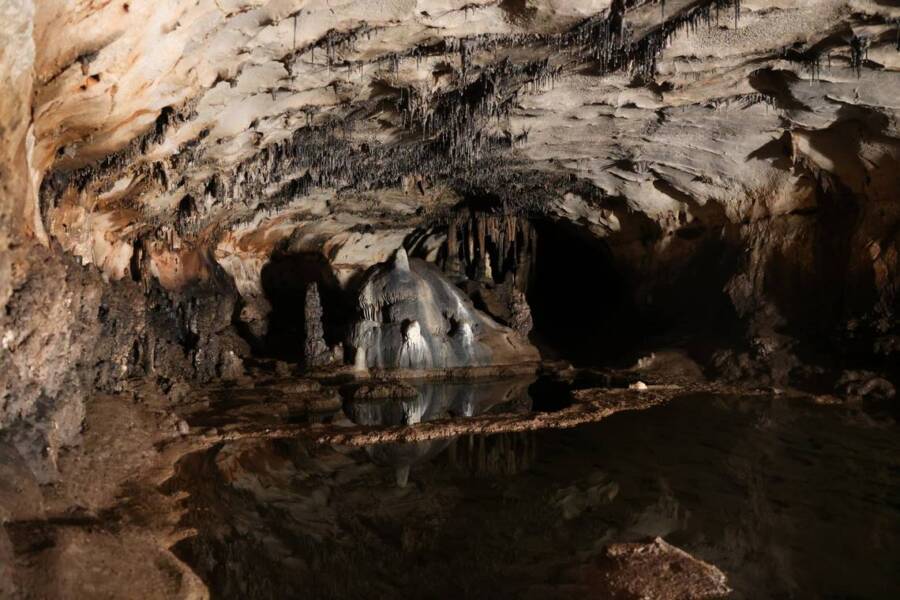
A. Ruiz-Redondo, V. Barciela and X. MartorellThe interior chamber of the Spanish cave that once served as a Roman sanctuary.
For decades, researchers have been exploring eastern Spain’s Cova de les Dones, studying its Paleolithic rock art as well as its connections to early Iberian communities.
Now, a recent expedition by researchers from two Spanish universities led to a shocking discovery. Hidden in the cave’s ceiling was a nearly 2,000-year-old Roman coin from the reign of Emperor Claudius. Then, further investigation revealed 15 Roman inscriptions within the cave’s interior chamber, suggesting it once served as a Roman sanctuary during the first century C.E.
Researchers Discover A Roman Sanctuary In Spain’s Cova De Les Dones
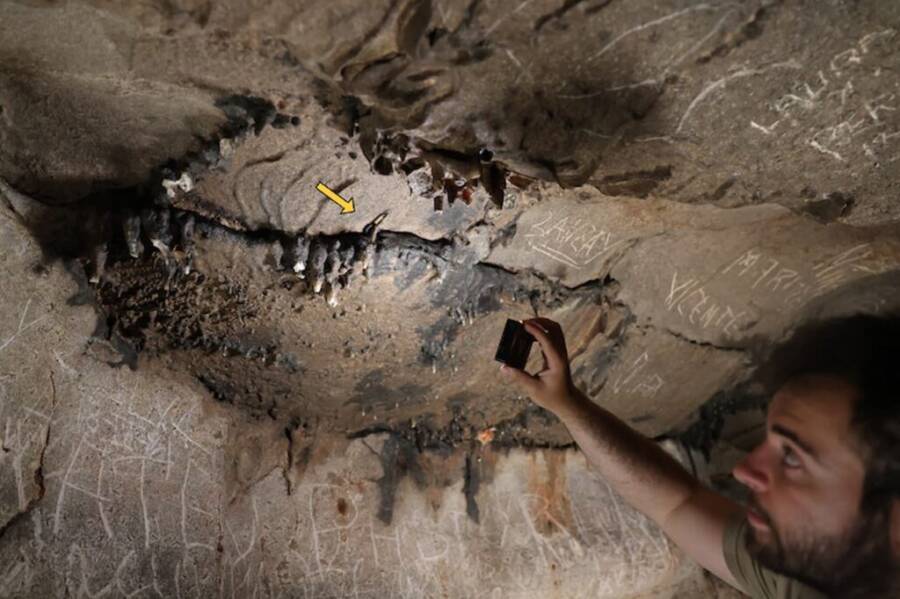
A. Ruiz-Redondo, V. Barciela and X. MartorellResearchers shine a light on where they discovered the Roman coin.
Researchers from the University of Alicante and the University of Zaragoza recently explored the Cova de les Dones in Spain’s Valencia region, initially seeking to expand upon previous studies of the cave’s interior. However, their mission took an unexpected turn when they uncovered an artifact from the Roman era.
Tucked away in one of the cave’s interior chambers, roughly 650 feet from the entrance, a Roman coin was found lodged between a fissure and a stalactite on the ceiling.
The coin, rusty and green with age, dates back to Emperor Claudius’ reign — nearly 2,000 years ago.
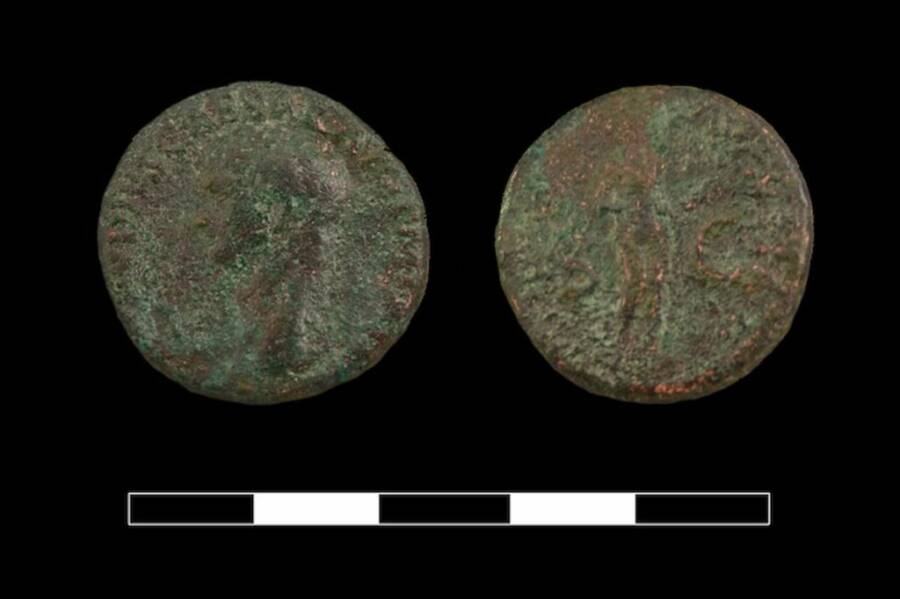
Prehistory Museum of ValenciaResearchers discovered this Roman coin dating back to the reign of Claudius (41 to 54 C.E.) inside the cave.
This discovery has quickly opened up a new chapter in the cave’s history. Alongside its extensive Paleolithic history, it now has confirmed ties to the Roman Empire.
A press release from the University of Alicante explained:
“The new discovery is further evidence of the exceptional nature of the Cova de les Dones site. From its origins as the most important Palaeolithic cave complex in the eastern peninsula, through its status as a place of worship for Iberians and, from now on, Romans, ending with its documented explorations from the 18th century to the present day.”
Illuminating This Spanish Cave’s Connection To The Roman Empire
Upon further examination of the Cova de les Dones, researchers discovered evidence that the cave’s interior chamber served as a Roman sanctuary during the first century C.E., several centuries before the empire fell.
“The Cova de les Dones was classified as an Iberian cave-sanctuary since the 1960s due to the dating of abundant materials from the Iron Age, mainly ceramics,” the press release explained. During the Roman conquest of Hispania, the cave was likely repurposed to serve the needs of the Roman population there.
Alongside the coin, 15 Roman inscriptions were discovered carved into the cave wall.
“The location of the inscriptions, more than 200 meters (656 feet) from the entrance, makes it one of the sites in the Iberian Peninsula with Roman inscriptions at the greatest depth,” the press release explained.
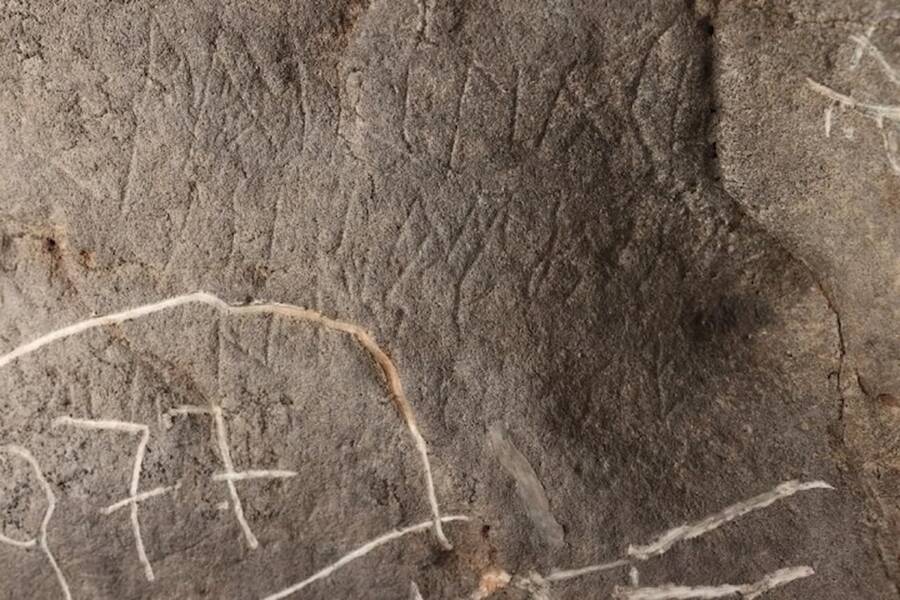
A. Ruiz-Redondo, V. Barciela and X. MartorellThe faded Roman inscriptions discovered on the cave walls.
Researchers are now working to translate the inscriptions and continue their exploration of the cave, only 20 percent of which has been surveyed as of now, searching for additional artifacts that may shed further light on its Roman history.
As the press researchers explained: “The Roman inscriptions are just beginning to be analyzed and there are still areas of the cave that have not been explored in detail, so the Cova may still be a source of surprises for archaeologists in the coming years.”
After reading about this Roman sanctuary, discover 11 of the most astonishing underground cities from around the world. Then, dive deeper into Roman history by exploring nine of the most unhinged and cruel Roman emperors in history.
